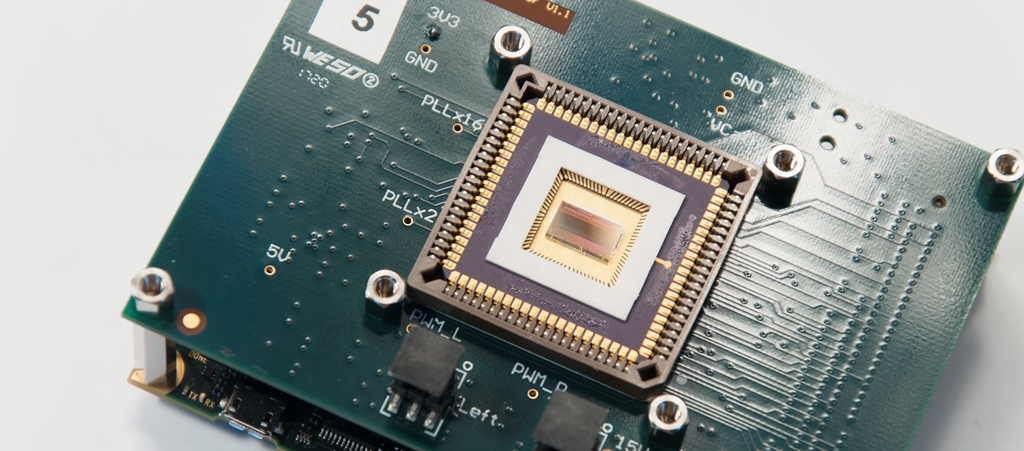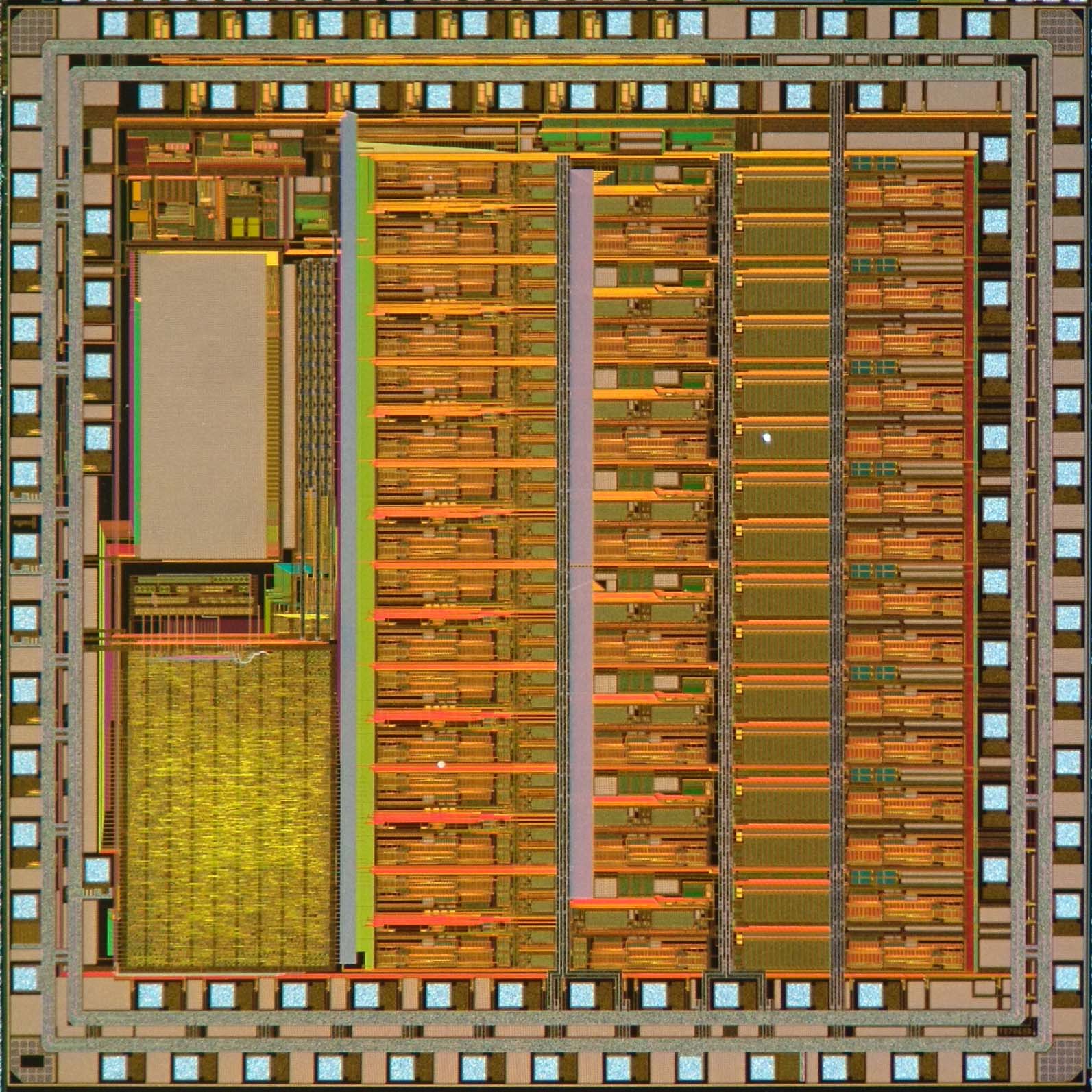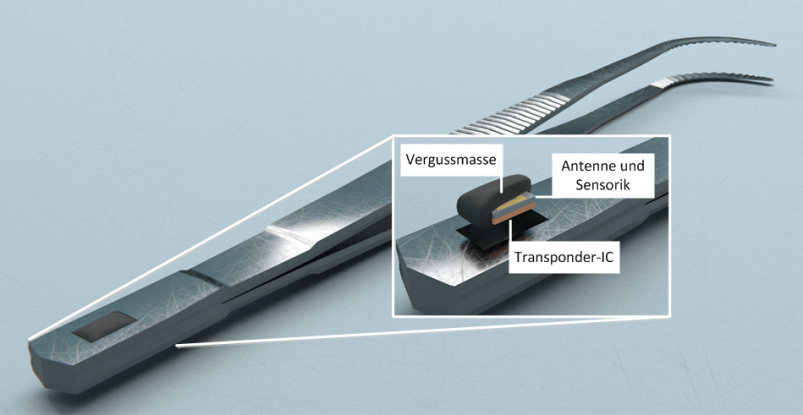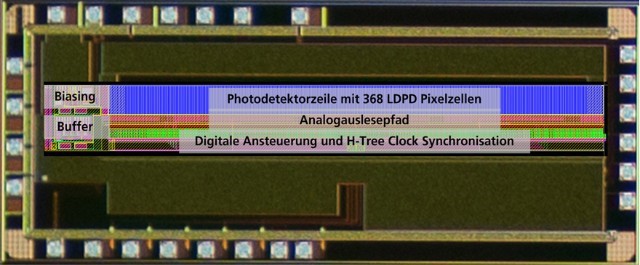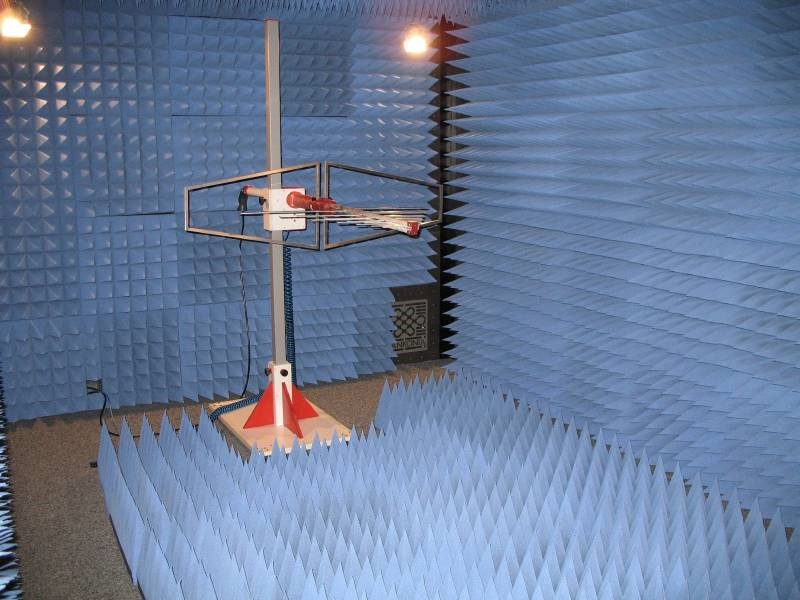The core competence "Smart Sensor Systems" deals with the realization of advanced sensor systems. This includes all steps from sensor selection to the development of individual circuit components for signal processing to system design. Various types of sensors such as electrical, mechanical, magnetic field and optical sensors are supported. For the realization of highly integrated sensor systems, the core competence also offers the development of Application Specific Circuits (ASICs) from simple signal amplifiers to complex signal processing ICs with embedded microcontrollers. For this purpose, not only the most advanced available microelectronic and microsystem techniques are used at Fraunhofer IMS, but also wireless communication and artificial intelligence are important pillars to continuously push the limits of what is feasible in sensor technology. Various laboratories exist for the characterization and testing of subcomponents and systems.
Core Competence Smart Sensor Systems
Focal points of the core competence "Smart Sensor Systems" are:
Integrated sensor systems
According to the requirements, we develop specific sensor readout circuits for signal processing. This includes, for example, offset correction, adjustable amplification, filters and signal conversion by Analog-to-Digital Converters (ADU/DAU). Here, comprehensive experience is available in particular with Sigma-Delta and SAR converters. For demanding applications, particularly low-noise systems can be developed, and autozero and chopper techniques are also part of the circuit portfolio at Fraunhofer IMS. In combination with extensive digital parts, mixed analog/digital systems are thus created on a single silicon chip. We also use this concept for special applications such as high-temperature ICs, which can still be operated at temperatures up to 300 °C.
In system-on-chip design, we offer developments on both FPGA-based solutions and customer-specific ASIC solutions. Among others, embedded microcontrollers such as a Fraunhofer IMS own RISC-V implementation (RV32IMC) are used. Specific instruction set extensions for RISC-V have been realized for the efficient solution of special tasks (e.g. artificial intelligence). Hardware accelerators allow the implementation of AI algorithms or encryption methods. As a young research area, the field of integrated neural networks has been included. Further information on the topic of integrated sensor systems can be found in Integrated sensor systems.
Wireless and transponder systems
Transponder systems - especially sensor transponder systems - and sensor networks offer an excellent technological basis for the acquisition and transmission of identification and sensor data, especially for moving, rotating or otherwise difficult-to-access objects. This technology thus makes an important contribution to the implementation of the "Internet of Things" (IoT). Wireless communication and energy supply open up new applications and areas of use. For example, in medicine for the acquisition of measurement data from implanted sensors for diagnostic and therapeutic purposes. Other interesting fields of applications can be found in the construction industry and logistics. By using higher frequency ranges up to SHF- transponders, ultra-compact sensor solutions can be created that can also be used in metallic environments. More information can be found in Wireless transponder Systems.
Optical systems
Current topics in the area of optical systems are 3D sensing, where the latest detectors and systems for LiDAR (Light-Detection-and-Ranging) are being developed. LiDAR is a runtime-based measurement method (time-of-flight) for determining object distances and is used, among other things, as a sensor technology for autonomous driving and in industrial robotics. Other topics include very fast line sensors with maximum object sharpness, increased sensitivity and time resolution in time-controlled Raman spectroscopy, and embedding CCDs in the CMOS process (embedded CCD) for image sensors in space. In addition, developments are taking place on single photon detectors for quantum imaging with entangled photons and on silicon photomultiplier detectors (SiPM) for use in nuclear medicine imaging techniques. More information can be found in Optical Systems.
For the development of our sensor solutions, the core competence Smart Sensor Systems has access to modern standard tools commonly used in the industry. These allow, for example, comprehensive simulations at circuit and system level, finite element and optical simulations as well as the analysis of field distributions through 3D simulations. Automated circuit design uses model-based code generation and allows synthesis of complex digital parts based on Verilog/VHDL code. Consistent hardware/software codesign supports simultaneous and interleaved development of hardware and software parts.
Focal points of Measurment Equipment and Laboratories
For testing and verification of the developed sensor systems, extensive test facilities with measurement equipment and laboratories are available. In the test laboratories of Fraunhofer IMS, e.g. ASICs are tested automatically on wafer level or as a packaged component. Some sensors and sensor systems can even be tested automatically by applying the corresponding sensor parameter. For example, pressure pulses are applied to pressure sensor systems, and corresponding optical facilities are available for optical systems. In the RF chamber of Fraunhofer IMS, tests can be carried out under shielding of external electromagnetic fields, which is particularly important for the characterization of transponder systems.
The services of the core competence Smart Sensor Systems cover concept and feasibility studies, the design of complete sensor systems, costumer design support and the complete Supply-Chain-Management.
